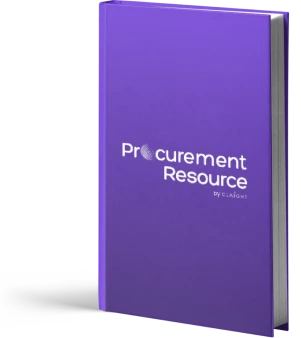Pet Coke Production through Final Cracking Process
Production Cost Report | Operating Costs, Logistics and Utilities

Details: Germany - based plant Q1 2025 | From $ USD
The report provides a detailed cost evaluation of the production of the Pet Coke using the Final Cracking Process. In this process, crude oil is heated at the refinery and then poured into a distillation tower, where it is turned into fuel by the vaporisation of gases from the crude components, such as gasoline, diesel, and jet fuel. The fuel is then removed from there and transported to various processing facilities at various heights.
The material left over at the base of the vacuum tower can then be delivered to a third device called a Coker, where it will be utilised to create heavy fuel oil and asphalt. The heaviest material from the bottom of the tower is sent to a vacuum tower, which is yet another facility where it is once again segregated into usable fuel. Before being put inside the Coker, the material is heated in a large drum to increase pressure.
The molecules that rise to the top and create vapour can then be used to make new gasoline and diesel. The leftover material is placed in the drum where it will turn into petroleum coke and fall out the bottom into a pit.
The granular black pet coke is transported to a storage area before being put onto the trucks and rail carriages that transport it to the shipping terminals.
The project economic analysis provided in the report discusses a Germany-based plant:
- Manufacturing Process
- Process Flow
- Material Flow
- Material Balance
- Raw Material and Product's Specifications
- Raw Material Consumption
- Product and Co-Product Generation
- Capital Investment
- Land and Site Cost
- Offsites/Civil Works
- Equipment Cost
- Auxiliary Equipment Cost
- Contingency
- Engineering and Consulting Charges
- Working Capital
- Variable Cost
- Raw Material
- Utilities
- Fixed Cost
- Labor Requirement & Wages
- Overhead Expenses
- Maintenance Charges
- Financing Costs
- Interest on Working Capital
- Interest on Loans
- Depreciation Charges
- General Sales and Admin Costs
- Production Cost Summary
Report Content
Key Process Information
Evaluation of significant technical parameters along with process descriptions such as:
- Consumption of Raw Material
- Product Creation
- Block Flow Diagram
- Description of the Manufacturing Facility
Utilities Consumption
Evaluation of utilities consumed during the entire process based on:
- Consumption per unit of product generated
- Utility cost split and share of each utility in the total cost
Process Flow Diagram
Representation of various operations involved including:
- Step-wise process
- Utility consumption in each operation
Capital Cost Analysis
In-depth analysis of costs involved in setting up a new manufacturing unit, including:
- Cost of Building a Process Unit
- Cost of Setting Up the Infrastructure
- Working Capital
- Commissioning & Start-Up of the Plant
Implementation Schedule
Time frame of the project design, which includes:
- Plant Start-Up
- Plant Construction
- Engineering Fundamentals
- Raw Material Procurement
Construction Cost Details
Detailed analysis of costs involved in the operation of various functional units in the process unit and infrastructure.
Operating Cost Analysis
Evaluation of costs associated with the production of the final product, namely:
- Procurement of Raw Materials
- Consumption of Utilities
- Fixed Costs
- Depreciation
Economic Analysis
Analysis of the way in which process economics are impacted by plant capacity.
- Construction Cost
- Working Capital
- Fixed and Variable Operating Costs
- Corporate Overhead
- Depreciation
Customized Analyses
Detailed cost estimates of any industrial plant depending on your requirements, including plant capacity and location as per the need.
Compare & Choose the Right Report Version for You

You can easily get a quote for any Procurement Resource report. Just click here and raise a request. We will get back to you within 24 hours. Alternatively, you can also drop us an email at sales@procurementresource.com.
